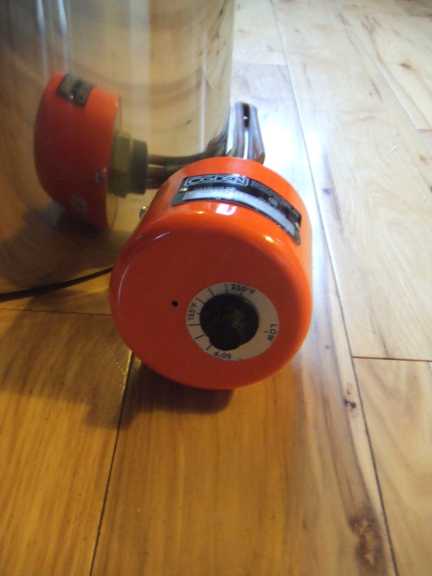killian
Well-Known Member
I have been considering electric for my HLT and boil kettle. Most of the set ups I have seen are using hot water heater elements mounted in the hlt or kettle. I was thinking about building one of these Homebrewing Electric Heatstick / PA145404.JPG. I was just wondering what other options are out there.










![Craft A Brew - Safale S-04 Dry Yeast - Fermentis - English Ale Dry Yeast - For English and American Ales and Hard Apple Ciders - Ingredients for Home Brewing - Beer Making Supplies - [1 Pack]](https://m.media-amazon.com/images/I/41fVGNh6JfL._SL500_.jpg)















































